
Alpine Sorrel or Monk's Rhubarb (Rumex alpinus), blooming, native to
en.wikipedia.org

Sublime Strawberry Rhubarb Crisp Gemma’s Bigger Bolder Baking
Monk's-rhubarb preferred: UKSI Monk's Rhubarb: UKSI Rhiwbob y Mynach Welsh local: UKSI Tafolen y Mynach Welsh local: UKSI Classification unranked Biota domain Eukaryota kingdom Plantae phylum Tracheophyta class Magnoliopsida order Caryophyllales family Polygonaceae genus Rumex species Rumex alpinus. View list of all.

Raspberry Rhubarb Jam Recipe How to Make It
Monk's-Rhubarb love being close to bright, sunny windows 😎. Place it less than 1ft from a south-facing window to maximize the potential for growth. Monk's-Rhubarb does not tolerate low-light 🚫. Select your region to see how the current weather in your area affects the placement of Monk's-Rhubarb in your home 🏡.

Monk`s Rhubarb Leaves in the Backyard Stock Image Image of natural
The earliest known use of the noun monk's rhubarb is in the late 1500s. OED's earliest evidence for monk's rhubarb is from 1597, in the writing of William Langham, doctor and herbalist. monk's rhubarb is formed within English, by compounding; modelled on a Latin lexical item.

Temperate Climate Permaculture Permaculture Plants Sorrel
Munk's rhubarb (Rumex alpinus). Munk's rhubarb got its common name from its regulatory effect on the digestive system, which is similar to but more mild than rhubarb. Munk's rhubarb can thus be eaten similar to spinach. However, consume with caution, as it is very high in oxalic acid and, if grown wild, may have been treated with pesticides.

monk'srhubarb, munk's rhubarb or Alpine dock, Rumex alpinus Stock
Hardy to USDA Zone: 0 Flowering Months: Unknown Seed Ripening Months: Unknown Harvest Months: Unknown Soil Preference / Tolerance: Unknown Light: Unknown Type: Unknown Edible Part: Unknown Other Uses: Unknown Animal Uses: Unknown Material Uses: Unknown Medicinal Preparation Methods: NA Medical Treatment for Endocrine System Conditions: Unknown Juglone Tolerant: Unknown Nitrogen-Fixing: Unknown
Rhubarb Syrup Recipe mostly foodstuffs
Biology (plants and animals) 1) Monk's-rhubarb in English is the name of a plant defined with Rumex alpinus in various botanical sources. This page contains potential references in Ayurveda, modern medicine, and other folk traditions or local practices. 2) Monk's-rhubarb is also identified with Rumex patientia It has the synonym Lapathum.
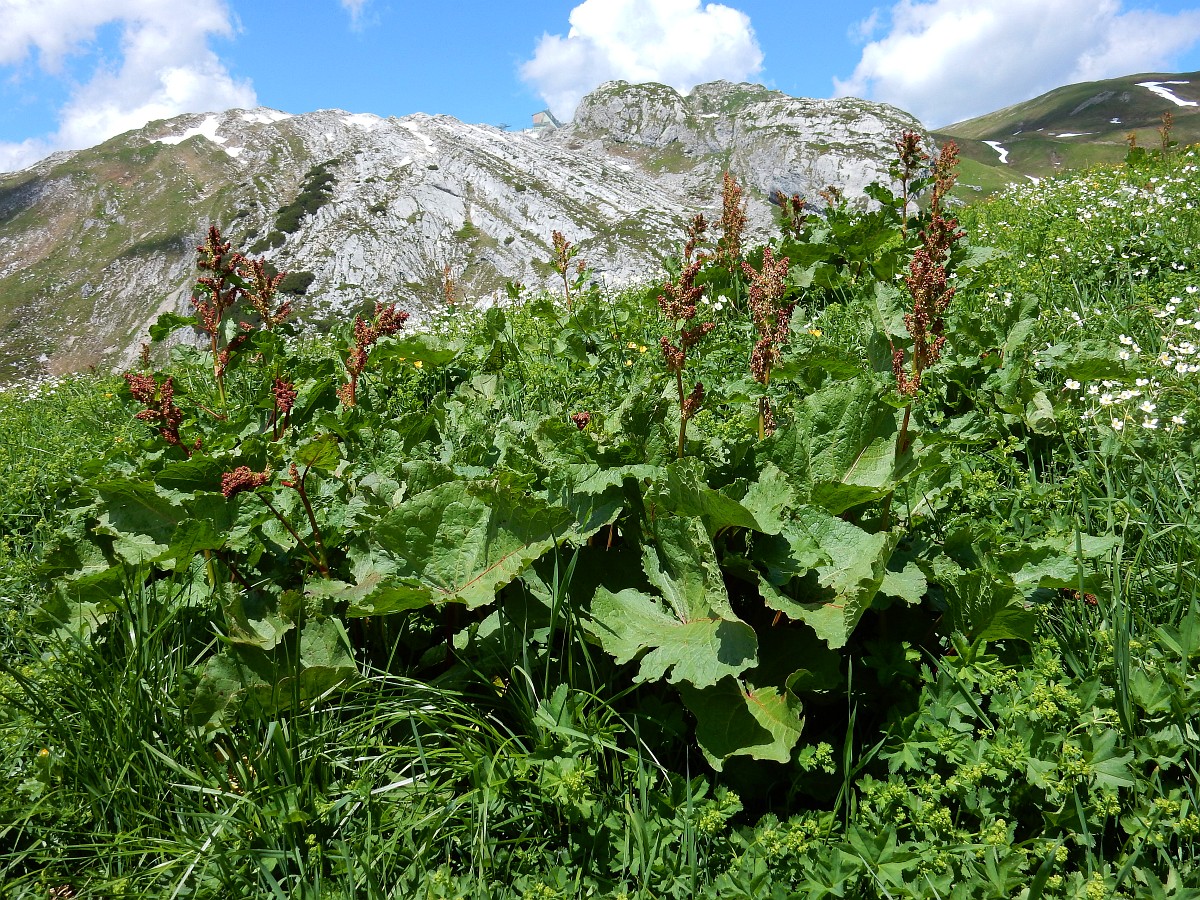
Rumex alpinus, Monk's Rhubarb
Monk's Rhubarb / Rumex Patientia is a perennial herbaceous plant of the Polygonaceae family. The root is spiny, fleshy, brown outside, yellow on the inside. The stem is up to 2 m high, upright, branched and ruddy. Leaves are odorous, large, pale to blue-green. Flowers are gathered in a thistle, leafy, bumpy inflorescence.
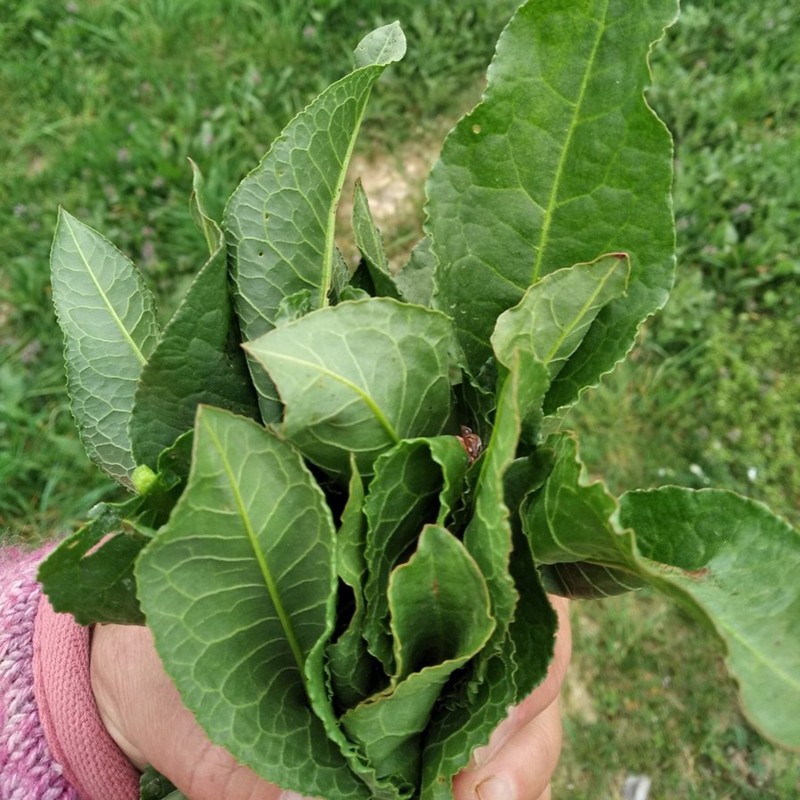
Herb patience, monk's rhubarb seeds (Rumex patientia) Price €2.45
Monk's rhubarb is not a rhubarb ( Rheum ), but refers to certain species of the closely related docks ( Rumex ): Rumex alpinus ( Alpine dock) Rumex patientia (patience dock) This page is an index of articles on plant species (or higher taxonomic groups) with the same common name ( vernacular name). If an internal link led you here, you may wish.

Sarma is a dish of vine, cabbage, monk's rhubarb or chard leaves rolled
More Taxa Info; Guides; Places; Site Stats; Help; Video Tutorials; Log In or Sign Up
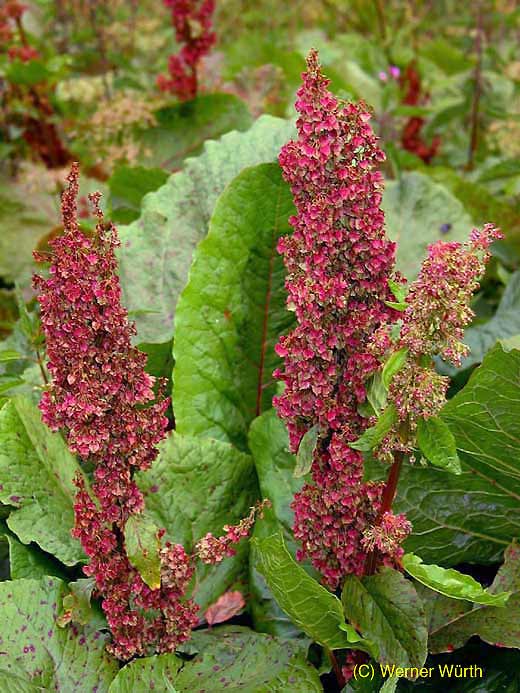
Free food calendar for Bristol. Monk's rhubarb leaves
Monk's Rhubarb, also known as Alpine Dock or Rumex alpinus, is a perennial plant native to the mountainous regions of Europe and Asia. It belongs to the family Polygonaceae and is closely related to rhubarb and sorrel. Monk's Rhubarb has a long history of use in traditional medicine, and its leaves, roots, and seeds have been used for various.

Herb patience, monk's rhubarb seeds (Rumex patientia) Price €2.45
Visit www.foresttoplate.com for more information. Monks Rhubarb, Rumex patientiaLast year, I biked from Belgium to India. Crossing over 15 countries in searc.
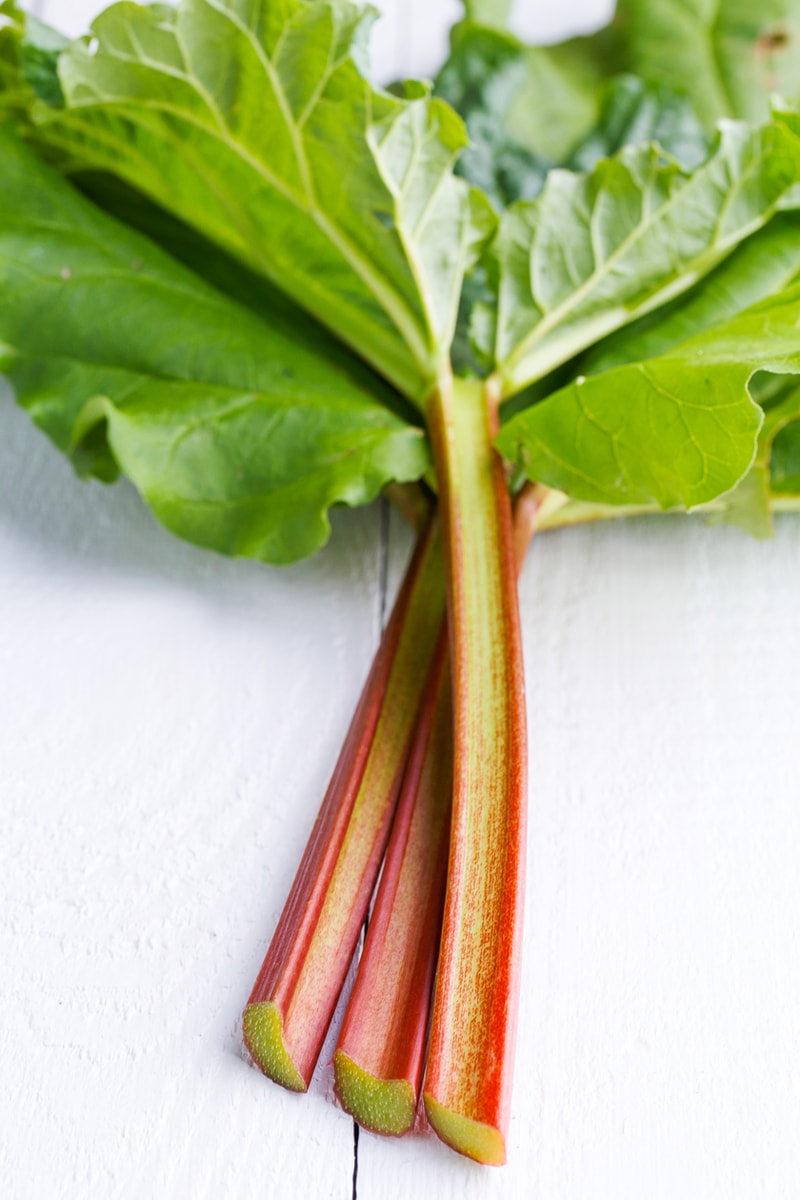
All About Rhubarb Know Your Produce
Two hundred species of genus Rumex are distributed throughout the temperate northern hemisphere.1 Around two dozen native and introduced European species are found in North America.2 Monk's rhubarb, Rumex alpinus, is a European native found throughout central and southeastern Europe, with introduction into the British Isles.3 It is found by buildings and in mountain pastures and wayside.
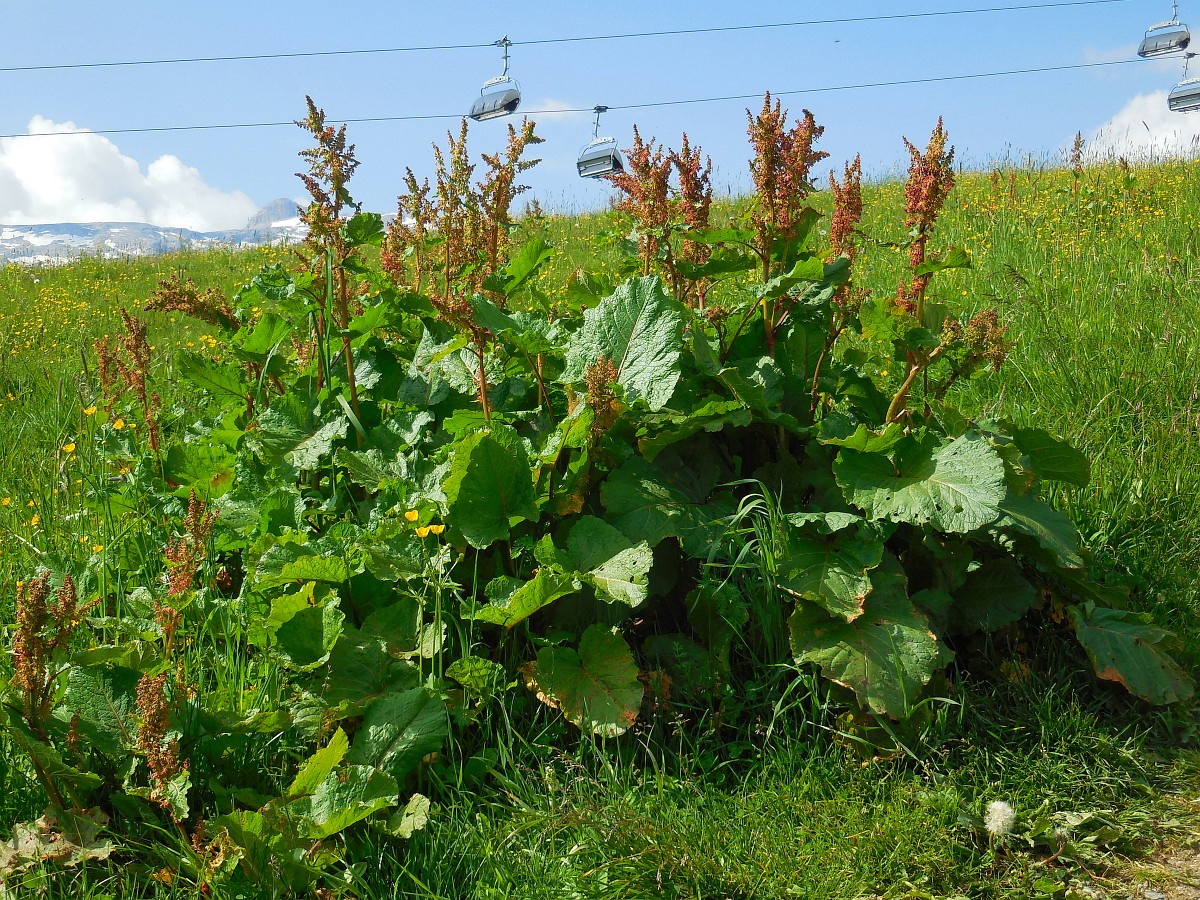
Rumex alpinus, Monk's Rhubarb
Scary, but it works! The high point for me was finding Monk's Rhubarb, a garden pot-herb that has escaped and naturalised but is not too common, and I've never seen it before. It's another member of the dock family, also called Alpine Dock (Rumex alpinus), which has massive, heart-shaped leaves and long, purplish, rhubarb-like stems.

Monk's Rhubarb (rumex Alpinus) Photograph by Bruno Petriglia/science
Rumex patientia, known as patience dock, garden patience, herb patience, or monk's rhubarb, is a herbaceous perennial flowering plant belonging to the family Polygonaceae.In spring it is often consumed as a leaf vegetable and as a filling in pies in Southern Europe, especially in Bulgaria, North Macedonia, Bosnia and Herzegovina and Serbia.It is also used in Romania in spring broths or sarmale.

Monk s rhubarb leaves stock photo. Image of food, herb 53591946
Monk's Rhubarb is a perennial herb found in the family Polygonaceae. The plant is a native of Europe and Western Asia. It has extra-large leaves that are ovate-round in shape. The leaf stalks have a long stout with irregular margins. The upper surface of the basal leaves is hairless, with hairs found on the lower surface close to the veins..